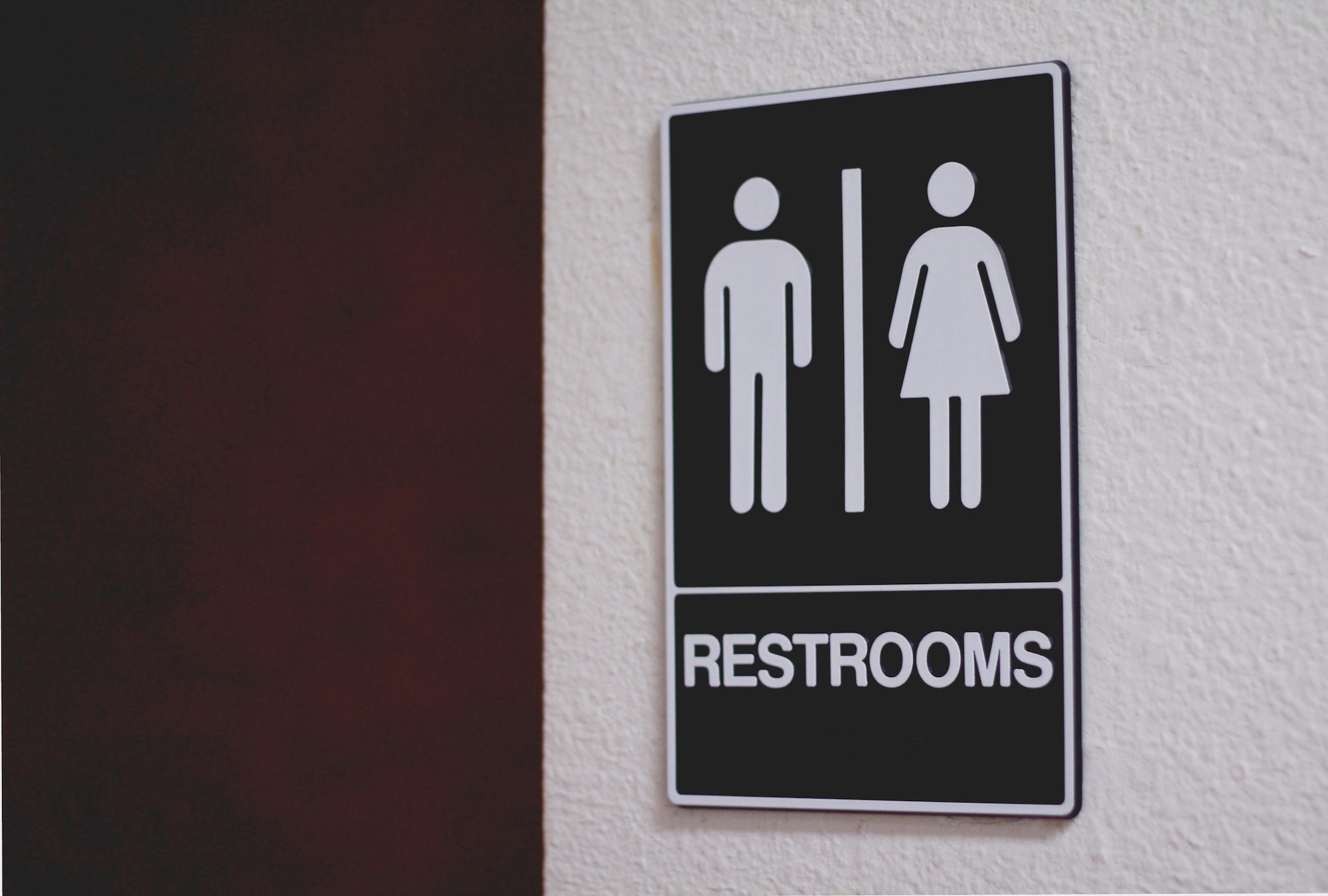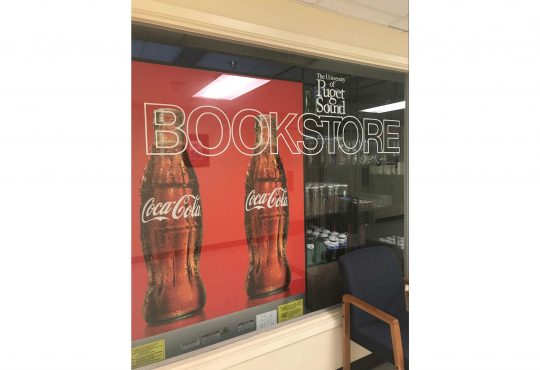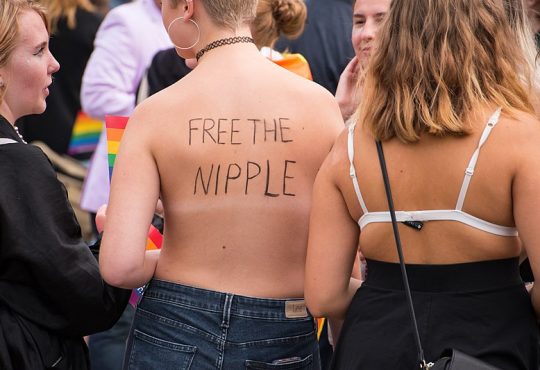
Many individuals at Puget Sound believe that more gender-neutral bathrooms should be available on campus and are working toward making that goal a reality.
Since the start of the 2014-15 academic year, a group of students in conjunction with various staff members and organizations have been diligently striving to offer more of these bathrooms on campus. The Gender Neutral Bathroom Action Group, a student-run activist group that includes Kaitlyn Vallance, Nika Neshyba-Nara, CJ Queirolo, Hailey Snover, Daniel Peterschmidt, Austen Harrison, Collin Hoover and Greg Reeser, was formed in order to address the issue. The group first met on Sept. 5 before taking their concerns to the Union Board, which is the governing body of the Wheelock Student Center, and to the student senate. Sarah Comstock, who is the Director for Student Life Operations, an active member of the Union Board and chair of the Accessibility Work Group, feels that this is an important issue for the University to take on. “This is a concern that was raised by members of our student population and it’s an important issue. There was a lot of passion and outrage about it,” Comstock said. “We needed to do something.”
Since September, these associations have taken steps to increase the number of gender-neutral bathrooms in public buildings. All public, single-use restrooms on campus have started to be converted to gender-neutral restrooms.
“Between 20 and 30 single-use bathrooms on campus could be converted,” Neshyba-Nara said.
These bathrooms now have signs that denote them as all-gender bathrooms.
“It was just a quick facilities change. The cost was minimal and it literally took 56 seconds to do,” Kyle Chong said. Chong is the sophomore senator and Committee Chair of the Union Board.
They can be found in Commencement, Weyerhauser, Thompson/Harned, Kilworth Chapel, Howarth, the library and the S.U.B. There are also renovation plans to include gender-neutral bathrooms in Seward, the new aquatic center, Jones Hall and the Fieldhouse.
“I’m really excited about the progress we’ve made so far…We’ve really gotten things moving,” Snover said.
Signs that explicitly say “gender neutral” will be put up in six weeks once they arrive on campus. The reason for the delay, according to Chong, is because the sign maker has to custom-make the signs. For some individuals such as Vallance, however, there is no cause for celebration until the signs specifically read “gender neutral.”
“These all-gender bathroom signs…made it look like that change was permanent and good. Now people think that all-gender bathrooms are good when they’re still not inclusive of non-gender people. Getting the gender-neutral bathroom signs will be something we should celebrate,” Vallance said.
For Vallance and other members of GNBAG, implementing gender-neutral restrooms is important in order to ensure that individuals who identify as transgender, non-binary or elsewhere in the queer spectrum feel safe and accepted.
“I believe that it’s important to recognize everyone’s right to identify with whatever they feel they identify as. A part of identifying is feeling safe and feeling like there are spaces to be yourself… It’s a bathroom. It’s something that I feel like everyone should have,” Neshyba-Nara said.
Without gender-neutral restrooms available, certain individuals are forced to use a bathroom that they don’t want to use or that they are harassed for using.
“Not a lot of people know that some individuals identify outside of being male or female… non-binary people exist and they have specific needs like having a bathroom they feel comfortable and safe in,” Snover said. “I identify as non-binary but I present essentially as female because it’s easier and… because if I use the men’s bathroom, which is the other alternative, I would probably get a lot more heckling or harassment for that. But personally, it would be very appreciated to have a gender-neutral bathroom because it would be validating of my identity. I’d feel comfortable there. I wouldn’t have to worry about people making comments or being suspicious about why I was using the bathroom I was using.”
There are people who worry, however, that increasing the number of gender-neutral bathrooms will in turn take away from gender-specific bathrooms on campus.
“I can understand the concern of people on campus, more specifically young women on campus, who don’t want to be using the restroom of someone who might appear or present as male,” Snover said. “That can make some people uncomfortable but I think we’re headed in a good direction. As we gain education and are able to better inform students on why this is important, I think these issues will start to fall away.”
These concerns of individuals and building codes are the primary barriers to further movement on the issue.
“The major barriers are two-fold: social and regulatory…. Some people are opposed to it… although it is a small group of people. The more substantive block right now is institutional,” Chong said. “There’s this group called the International Code Council…which regulates building codes and we have to conform to those codes. Due to codes, communal bathrooms cannot be gender-neutral as of now.”
The University also has to be careful not to take away from the number of gender-specific bathrooms in a building.
“Because of simple things like code, some bathrooms can’t be converted because you have to have a particular number of fixtures in each building and to take one bathroom offline to make it a single-use gender-neutral restroom you may actually reduce the number of fixtures,” Comstock said.
Despite these legal realities, GNBAG and other groups on campus are still pushing for further progress.
The next step is to put up directional signage so that individuals can easily find these restrooms, particularly when they are not located next to the men’s and women’s restrooms.
GNBAG hopes that every building on campus, including residence halls, will eventually have at least one gender-neutral restroom.
“In Wheelock especially, there should be more than one gender-neutral bathroom, that’s where everyone goes at some point in the day. The goal is to start by getting one bathroom in every building,” Vallance said.
Though more of a long-term goal, AWG is also looking at ways to integrate gender-neutral bathrooms into future construction and renovation of campus buildings.
“We have short-term projects and we have some long term projects. All of which, my hope is, that we’re going to get to a place that is providing better inclusion,” Comstock said.





